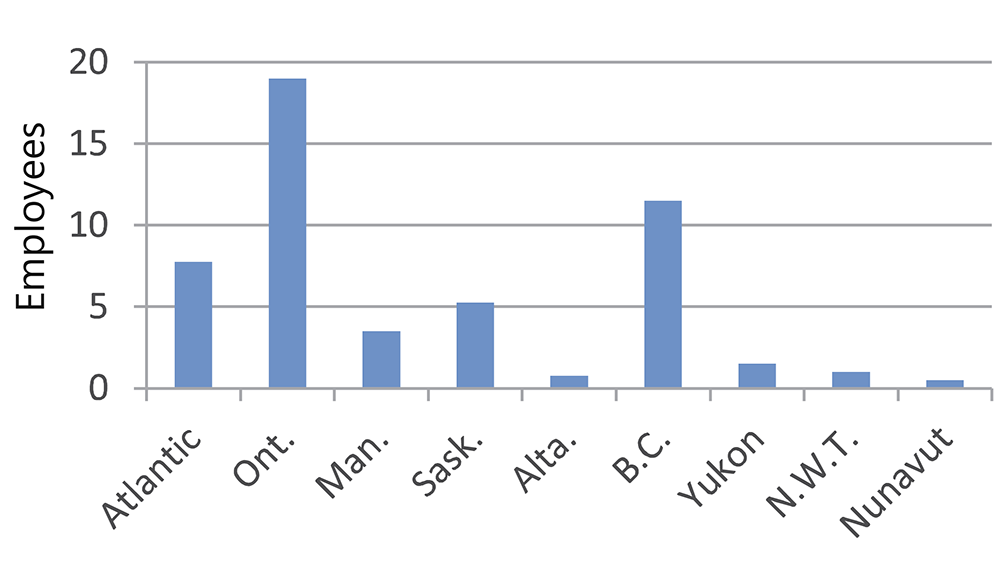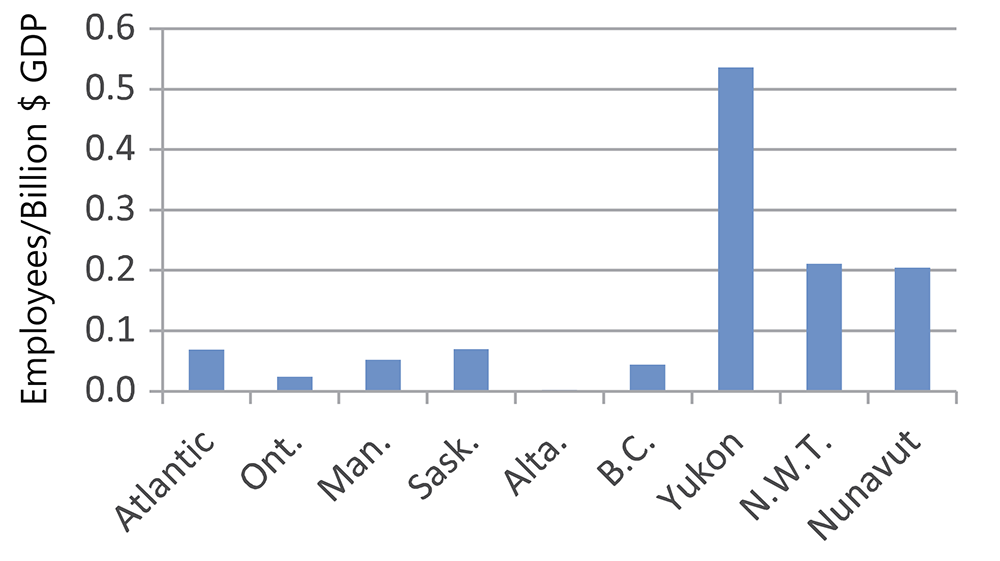Alberta’s Conservation Data Centre Needs Help

BY LINDA KERSHAW
Most Canadians aren’t aware of the national network of Conservation Data Centres (CDCs) that operate across the country under the umbrella of NatureServe Canada. Each province or territory has its own CDC, with the exception of Atlantic Canada which has a regional system. Alberta’s CDC is referred to as the Alberta Conservation Information Management Centre (ACIMS).
CDCs provide many important services for people and agencies with an interest in the environment, from naturalists to researchers, developers, land-use managers and environmental consultants. CDCs conduct biological inventories, keep track of rare species and rare ecosystems, and analyze/review environmental data and reports. However, their most important role is providing reliable, up-to-date scientific information on the great number of species found in each region, including vascular and nonvascular plants, fungi, lichens, invertebrates, vertebrates and entire ecological communities. CDCs determine how rare or common each element is (this can change with each information update) and whether each is native or introduced. They also sort through the confusing collection of scientific and common names for thousands of species to ensure that we all apply the same name to the same thing.
The data provided by CDCs is essential for identifying, mapping, and understanding the biodiversity of our vast and varied landscapes. Without it, we can’t conduct environmental impact assessments or identify sensitive areas, rare species and unique ecosystems. The data in our CDCs provides a common foundation on which all these assessments can be based. Alberta’s database can be accessed at: www.albertaparks.ca/ albertaparksca/management-landuse/ alberta-conservation-informationmanagement- system-acims/ download-data/.
With thousands of species to keep records for and hundreds of environmental reports to review each year, you may wonder how many biologists, ecologists, taxonomists and other specialists are employed to deal with the mountain of data that needs to be assessed and processed each year. For Alberta, the answer is embarrassing and alarming. Although several people are involved in ACIMS work, it is only a small part of their jobs. The total time allocated to ACIMS in Alberta adds up to less than a single full-time position. Of all of Canada’s CDC’s, the only region with less support is that of Nunavut (Fig. 1).

This in itself is dismaying, but it gets worse when support for ACIMS is viewed relative to GDP. Alberta’s population is about 100 times larger than that of Nunavut and we are a relatively rich province. On a per capita basis, our GDP is quite a bit higher than other regions. So, let’s look at support in terms of the dollars available. In 2018, GDP ranged from $860 billion for Ontario to less than $3.5 billion for Nunavut. Fig. 2 illustrates the number of employees (full-time equivalents) each region has for every $ billion in GDP.
Alberta’s bar is hard to see in this graph because it amounts to only 0.002 FTEs. The next lowest is Ontario with 0.024 FTEs — ten times the Alberta rate. The stark reality is that, over the past 10–15 years, Alberta’s CDC has gradually faded away and almost disappeared. How can the equivalent of one part-time person be expected to accomplish the work of 5–10 full-time employees? The fact that we have any current information available at all is amazing and speaks volumes about the hard work and dedication of the few remaining staff. Let’s give them all the support we can and let the government know that we have to reverse this trend! A good start would be an email expressing your concern to Minister Jason Nixon, who heads Alberta Environment and Parks (the department that houses ACIMS). His address is aep.minister@gov.ab.ca.
Conservation and environmental protection depend on reliable, up-to-date ecological data that is available to everyone. This requires an adequate number of qualified people working on our behalf in the public service. We no longer have this. Hopefully, the current government can get things back on track.
This article originally ran in Nature Alberta Magazine - Summer 2020, Volume 50 | Number 2
